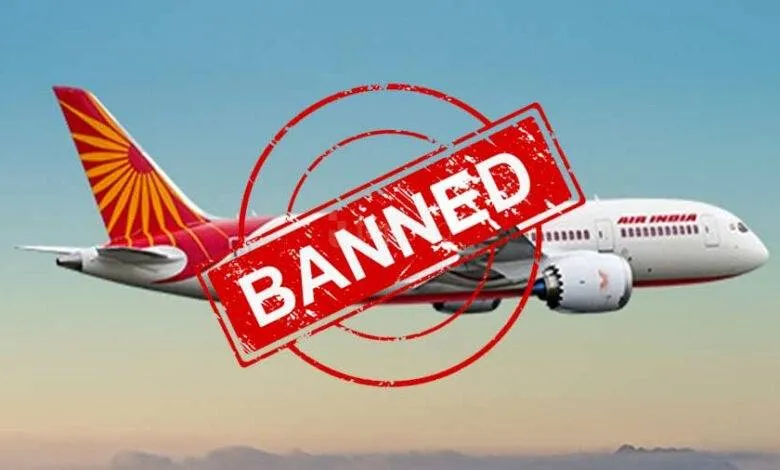Pakistan Extends Airspace Ban for Indian Flights Until October 23, 2025
Pakistan has announced a one-month extension of its airspace closure for Indian aircraft, keeping the ban in place until October 23, 2025.
New NOTAM Issues Extended Ban
Pakistan extended its airspace closure for Indian aircraft and airlines until July 24, 2025, issuing a fresh Notice to Airmen (NOTAM) through its Civil Aviation Authority. The latest extension pushes this ban even further to October 23, 2025.
The Pakistan Airports Authority released the new NOTAM officially announcing the extended restrictions. This decision affects all Indian commercial airlines and aircraft operating in the region.
Background of Airspace Restrictions
The airspace closure began in April 2025 following heightened diplomatic tensions between Pakistan and India. Pakistan announced the closure of its airspace for Indian carriers on Thursday evening in response to escalating conflicts.
India responded with similar restrictions. India reciprocated by closing its airspace to Pakistani carriers like Pakistan International Airlines (PK) on April 30, 2025, disrupting their routes to Southeast Asia.
Impact on Airlines and Passengers
The ongoing airspace restrictions create significant challenges for airlines operating between the two countries. These restrictions have forced numerous international airlines to seek alternative routes, causing delays and increased operational costs.
Airlines must find longer flight paths to reach their destinations. This increases fuel costs and flight times for passengers. Some airlines have reduced their flight frequencies to manage these extra expenses.
Financial Consequences for Aviation Industry
The airspace closure creates substantial financial losses for airlines. A five-month closure of Pakistan’s airspace to Indian carriers in 2019 cost the airlines around 7 billion Indian rupees ($82 million) according to industry reports.
Air India estimates losses of about $600 million if the ban continues for a year, showing the massive financial impact on the aviation sector.
Alternative Routes and Operations
Airlines have adapted to work around the airspace restrictions. Airlines operating from Mumbai (BOM) have adapted to the surge by filing revised flight plans.
These alternative routes often pass through different countries. This means flights take longer and cost more to operate. Passengers may face higher ticket prices because of these changes.
Regional Aviation Effects
The airspace closure affects more than just Pakistan and India. Multiple major airlines are avoiding flying over Pakistan as relations with neighbor India crater in the wake of a recent tourist massacre, the latest geopolitical flashpoint to disrupt global travel.
International airlines flying between Europe, Asia, and other regions must also adjust their flight paths. This creates a ripple effect across global aviation networks.
Looking Ahead
The extension until October 23, 2025, shows that tensions between the two countries remain high. Both governments continue to use airspace restrictions as a diplomatic tool.
Airlines and passengers must continue planning for longer flight times and higher costs. The aviation industry hopes for a peaceful resolution that will allow normal flight operations to resume.
The situation affects thousands of travelers who rely on efficient air connections between South Asia and other global destinations.







